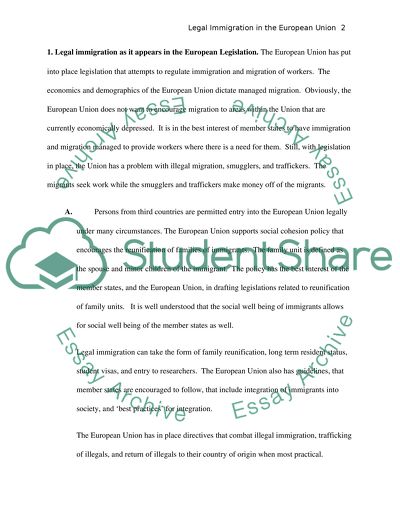Cite this document
(“Legal Immigration in the European Union Essay Example | Topics and Well Written Essays - 3750 words”, n.d.)
Retrieved de https://studentshare.org/politics/1524857-legal-immigration-in-the-european-union
Retrieved de https://studentshare.org/politics/1524857-legal-immigration-in-the-european-union
(Legal Immigration in the European Union Essay Example | Topics and Well Written Essays - 3750 Words)
https://studentshare.org/politics/1524857-legal-immigration-in-the-european-union.
https://studentshare.org/politics/1524857-legal-immigration-in-the-european-union.
“Legal Immigration in the European Union Essay Example | Topics and Well Written Essays - 3750 Words”, n.d. https://studentshare.org/politics/1524857-legal-immigration-in-the-european-union.


